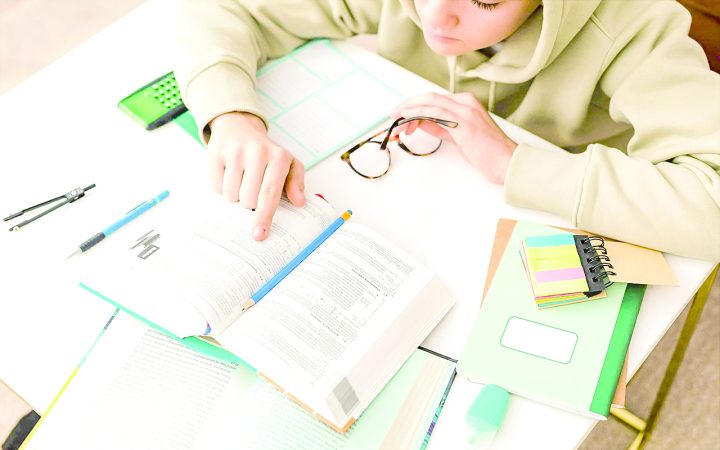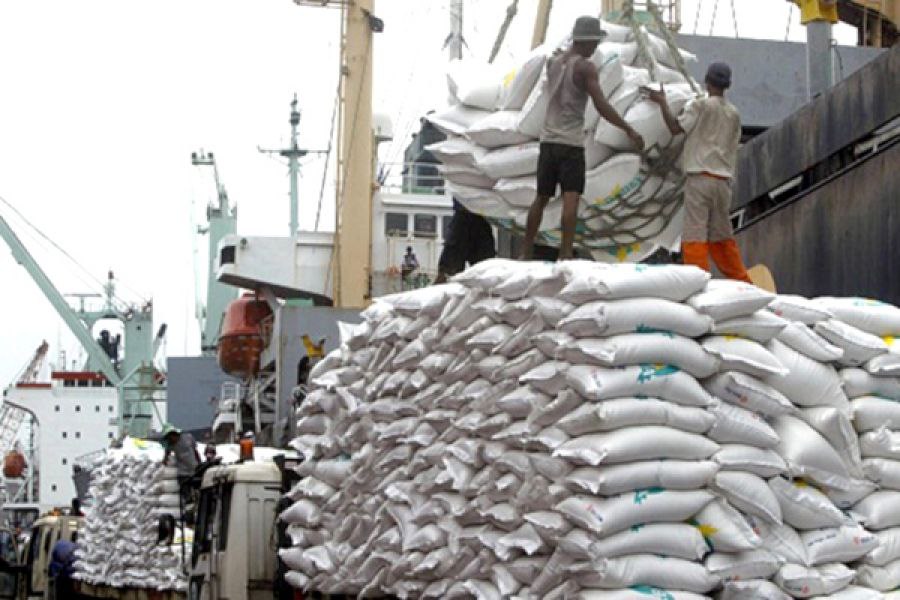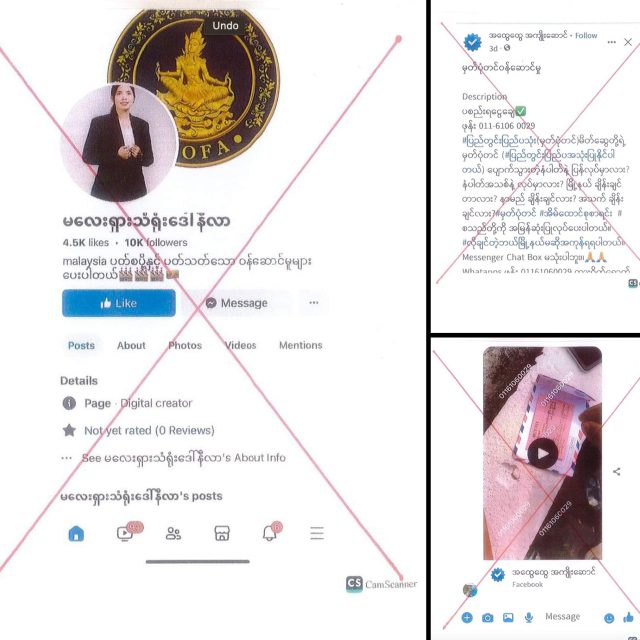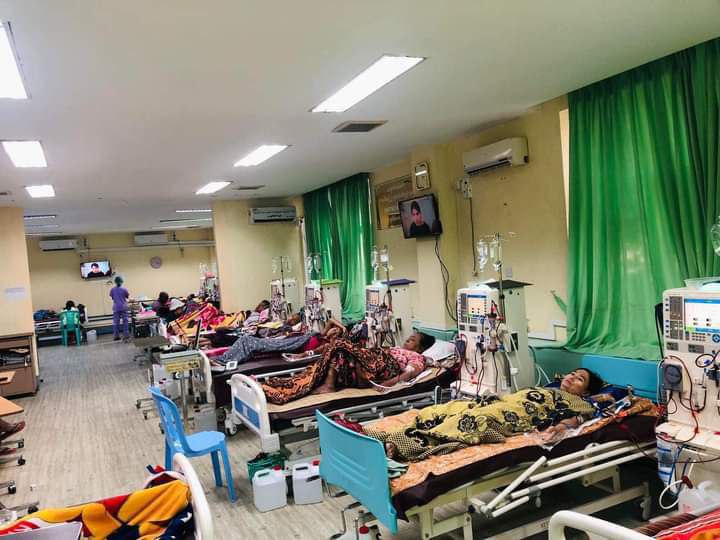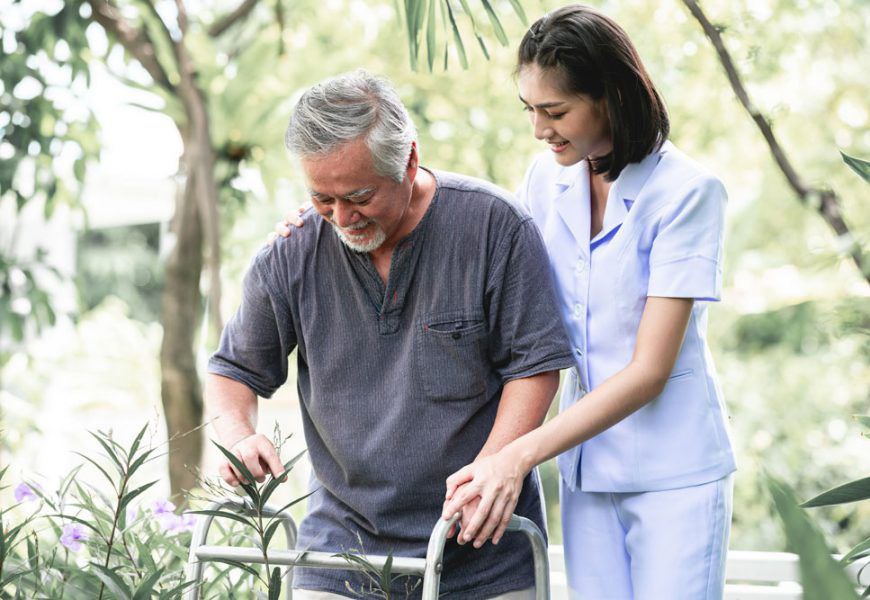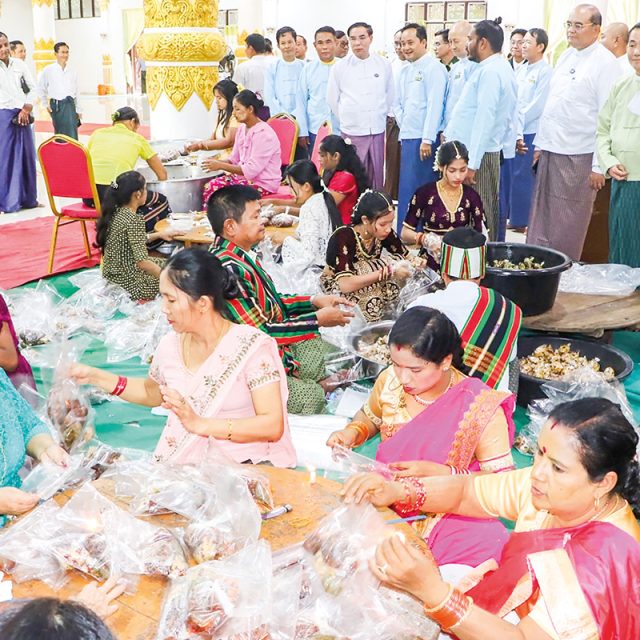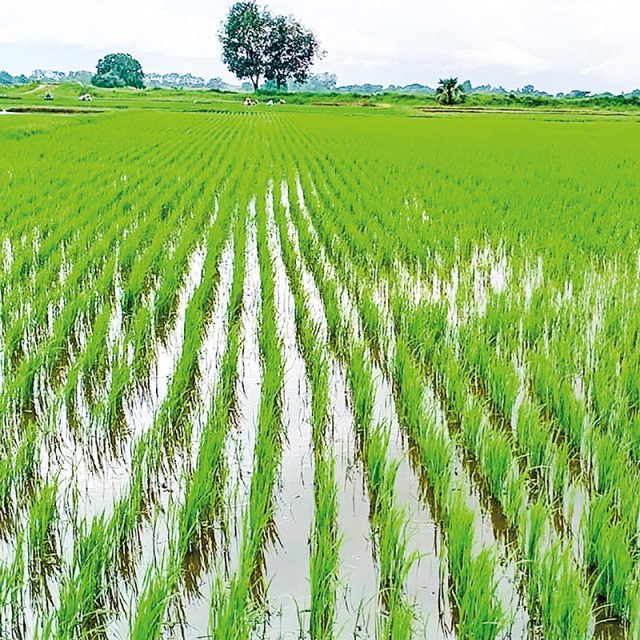It is little wonder that both teachers and students should conduct life-long learning. From the point of view of educational psychology, learning refers to a relatively durable change in the behaviour of all living organisms, including the lowest strata of animals, due to experience. According to Kimble, learning is defined as an experience that produces a comparatively permanent change in potential behaviour. However, this change excludes natural changes of behaviour owing to biological growth and development or temporary changes resulting from the effects of drugs or physical fatigue. A few important aspects can be ascertained from the phases of a learning process. Among them are learning readiness, motivation, perception, conceptualization, memorizing-forgetting, and learning transfer.
Learning readiness refers to the internal situations of an individual who is ready and capable of learning and acquiring a certain new experience. According to Thorndike, the laws on learning readiness are briefly summarized as follows: 1) When one is ready to carry out a certain action and then has done it successfully, one will be satisfied with the action. 2) When one is ready to carry out a certain action but fails to do it successfully, one will be disappointed at the action. 3) When one is not ready to carry out a certain action or is forced to do it, one will be sad and unhappy about the action. Bruner stated that learning readiness is anything that can be forwarded effectively to students according to the stages of their development. Four learning stages Piaget are the sensorimotor stage (0-2 years), pre-operational stage (2-6 years), concrete operational stage (7-12 years), and formal operational stage (after 12 years).
On the other hand, Vygotsky asserted that readiness involves not only the state of students’ existing knowledge but also their capacity to learn with the help of others. Research shows that there are three types of learning readiness: cognitive readiness, affective readiness, and psychomotor readiness.
Cognitive readiness is referred to as an individual’s mental readiness to perform a certain learning activity. It is related to the stages of intellectual development in thinking, reasoning, analyzing, synthesizing, and evaluating. Usually, an individual’s intellectual development is directly proportional to the increase in his age. For instance, a student has done enough listening before his speaking practice.
Affective readiness is referred to as an individual’s attitude, desire, spirit, diligence, feeling, and interest in expressing a certain learning activity. Standford said that effective learning is influenced by the student’s attitude and not by how many times he repeats his learning materials. That is, if a student develops a positive attitude, high self-motivation, being active, getting aggressive, and has the desire to achieve excellence as well as diligence and interest towards learning, then his affective readiness will be high enough to enable him to feel ready to involve in the learning process. However, if a student develops a negative attitude towards and has no interest in learning, then his affective readiness will be low, and this can cause his learning to fail and make him unable to achieve success in his learning activities. For instance, a student will study English only if he is absolutely interested in the language. A student who shows no interest in maths will never be a success in the subject.
Psychomotor readiness is referred to as an individual’s potential or physical maturity when he is ready to execute a certain physical action in a new learning process. An individual is said to possess psychomotor readiness if his body has reached the maturity stage in accordance with the required physical training. Unique and different though every individual’s physical development is from others, a student with high psychomotor readiness will be able to perform efficient and effective training activities in the learning process. Psychomotor readiness is of great importance for learning subjects like art, physical education, games, music, and living skills. For instance, PT exercise is just a piece of cake for a student footballer.
Thus, learning readiness is an essential factor in guiding students to carry out smooth, pleasant, and effective learning activities. Teachers ought to understand and make good use of their students’ learning readiness to plan and implement suitable teaching-learning activities according to their stages of potential development. The implications of learning readiness towards these activities are explained shortly and to the point in the following:
1) The effectiveness of learning readiness depends, to a certain extent, on the learning readiness of students.
2) The planning of teaching-learning activities should follow students’ abilities and experience they possess.
3) Teachers have to divide learning content into stages according to the student’s level of learning readiness and carry out teaching-learning activities from simple to complex, from existing to new experience, from nearby to distant environment, and from general to specific.
4) Teachers have to make use of various stimuli to sustain students’ interest in learning.
5) Teachers have to arouse students’ natural instinct of desire to know by using techniques such as questioning and inquiry-discovery methods.
6) Teachers have to use group strategy and individual teaching so as to suit individual differences among students.
7) Teachers have to plan the learning activities that can make students enjoy satisfaction and success in order to instil and raise the level of learning readiness for the next learning activity.
8) Teachers have to use appropriate techniques to instil positive self-concept values in students and raise their level of self-esteem so that they develop strong learning readiness.
9) Teachers have to provide sufficient basic skill activities for consolidation.
10) Teachers have to carry out conducive learning situations by suitable classroom organization in order to do effective teaching activities.
11) Teachers have to prepare effective teaching aids so as to attract students’ attention during classroom lessons.
Get ready for learning.
From Learning Readiness to Teaching Activity
- August 12, 2024
- 17
